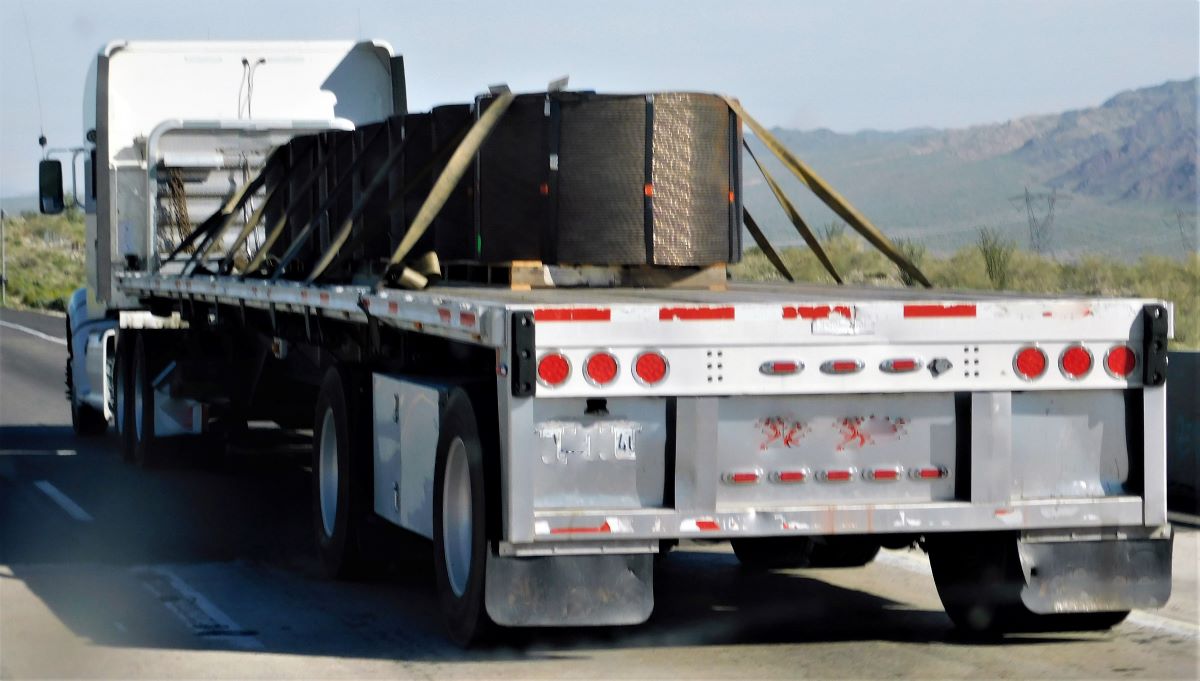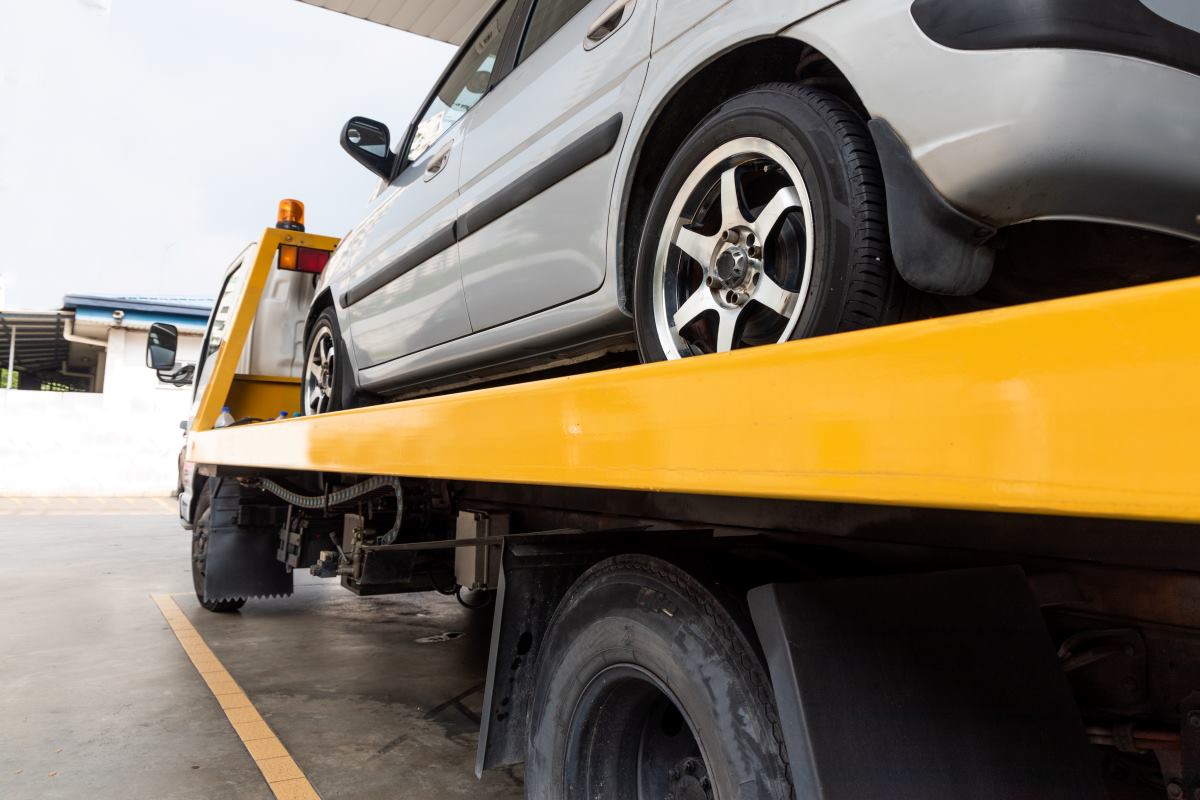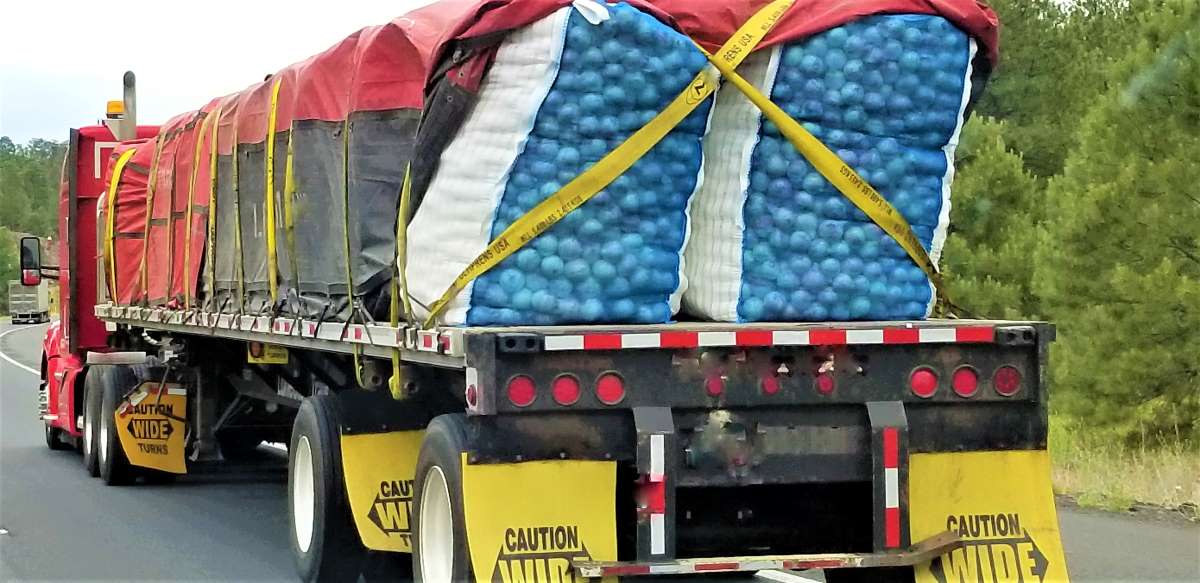I agree to the Terms & Conditions


General
General Products
Simple & Transparent! Policies that match all your insurance needs.


37K+ Reviews
7K+ Reviews
Scan to download
Life
Life Products
Digit Life is here! To help you save & secure your loved ones' future in the most simplified way.


37K+ Reviews
7K+ Reviews
Scan to download
Claims
Claims
We'll be there! Whenever and however you'll need us.


37K+ Reviews
7K+ Reviews
Scan to download
Resources
Resources
All the more reasons to feel the Digit simplicity in your life!
 Tools & Calculators
Tools & Calculators


37K+ Reviews
7K+ Reviews
Scan to download
37K+ Reviews
7K+ Reviews
 Logout
Logout
Our WhatsApp number cannot be used for calls. This is a chat only number.


2000+ Cashless
Network Garages
96% Claim
Settlement (FY23-24)
24*7 Claims
Support
I agree to the Terms & Conditions

Terms and conditions

Flatbed trucks, with their open cargo beds and versatile design, play a crucial role in transporting a wide range of goods and equipment.
In this article, we will learn more about flatbed trucks, exploring what they are, the different types available, their dimensions, their benefits, and their common uses.
Additionally, we will discuss the advantages and disadvantages of flatbed trucks to help you decide when considering this type of transportation.
A flatbed truck, as the name suggests, is a commercial vehicle equipped with an open cargo area, or "bed," that lacks the sides and roof found in traditional enclosed trucks.
This design allows for easy loading and unloading of goods and equipment from the sides and rear, making it well-suited for hauling many items, including construction materials, machinery, oversized cargo, and more.
It's essential to understand that choosing the right type depends on the nature of the cargo. Here are seven common types of flatbed trucks and their brief descriptions:
Dimensions: Width- 8 ft 5 inc, Length - 30 ft max and Height- 11 ft 6 inc.
Dimensions: Width- 8 ft 4 inc, Length- 53 ft max and Height- 8 ft 6 inc.
Dimensions: Width- 8 ft 6 inc, Length- Main deck: 25ft /Front deck: 10 ft/ Rear deck: 9 ft and Height- Main deck: 11 ft 6 inc/ Front deck: 8 ft 6 inc/ Rear deck: 10 ft.
Dimensions: Width- 8 ft 6 inc, Length- 63 ft max and Height- 10 ft.
Dimensions: Width- 8 ft 6 inc, Length - 80 ft max and Height- 8 ft 6 inc.
Dimensions: Width- 8 ft 6 inc, Length- 37 ft bottom /11 ft top and Height- 10 ft.
Dimensions: Width- 8 ft 6 inc, Length- 48 to 53 ft and Height- 8 ft 6 inc.

Flatbed trucks are used in a wide range of industries and for various applications, including:
Flatbed trucks offer several advantages over other types of commercial vehicles:

Despite their many advantages, flatbed trucks also have some limitations
Therefore, flatbed trucks are essential assets in the world of transportation, offering unmatched versatility and flexibility. From hauling construction equipment to transporting oversized cargo, flatbed trucks play a pivotal role in various industries.
While flatbed trucks are not without their challenges, their ability to handle a wide range of cargo makes them invaluable in the modern logistics landscape.
Instead of the usual pull-and-tow ramps, flatbed trucks use their long, flat platform attached to the end of the truck to carry vehicles.
Instead of the usual pull-and-tow ramps, flatbed trucks use their long, flat platform attached to the end of the truck to carry vehicles.
Cranes, farming equipment, and other large equipment can all be transported using heavy-duty flatbed trucks. Therefore, these trucks are more durable than most other cargo vehicles.
Cranes, farming equipment, and other large equipment can all be transported using heavy-duty flatbed trucks. Therefore, these trucks are more durable than most other cargo vehicles.
Please try one more time!
Other Important Articles About Truck
Other Important Articles about Commercial Vehicle Insurance
Have queries related to Digit motor insurance policy? You can refer to our Policy Wordings for detailed information or reach out to our support team via WhatsApp self-support, email or phone using the information below:
Connect with our self-serve chat bot support - 7026061234
Write to us at hello@godigit.com
Contact
Call us on 1800-258-5956
Other Motor Insurance Plans and Guides
Currently there are no news to show.
Read More
Renew & Download Policy Document, Check Challan, Credit Score, PUC & more
Anytime, Anywhere. Only on Digit App!

4.7
Rated App56K+ Reviews
4.7
Rated App
56K+ Reviews
4.3
Rated App11K+ Reviews
4.3
Rated App
11K+ Reviews
Scan to Download


Author: Team Digit
Last updated: 07-04-2025
CIN: L66010PN2016PLC167410, IRDAI Reg. No. 158.
Go Digit General Insurance Limited | Corporate Office Address: Atlantis, 95, 4th B Cross Road, Koramangala Industrial Layout, 5th Block, Bengaluru 560095 | Registered Office Address: 1 to 6 floors, Ananta One (AR One), Pride Hotel Lane, Narveer Tanaji Wadi, Shivaji Nagar, Pune-411005, Maharashtra | Trade logo of Go Digit General Insurance Ltd. displayed above belongs to Go Digit lnfoworks Services Private Limited and is provided and used by Go Digit General Insurance Ltd. under license.
Explore exclusive features, file claims & access policy on Digit App!
You can also scan this QR code to download the App.
